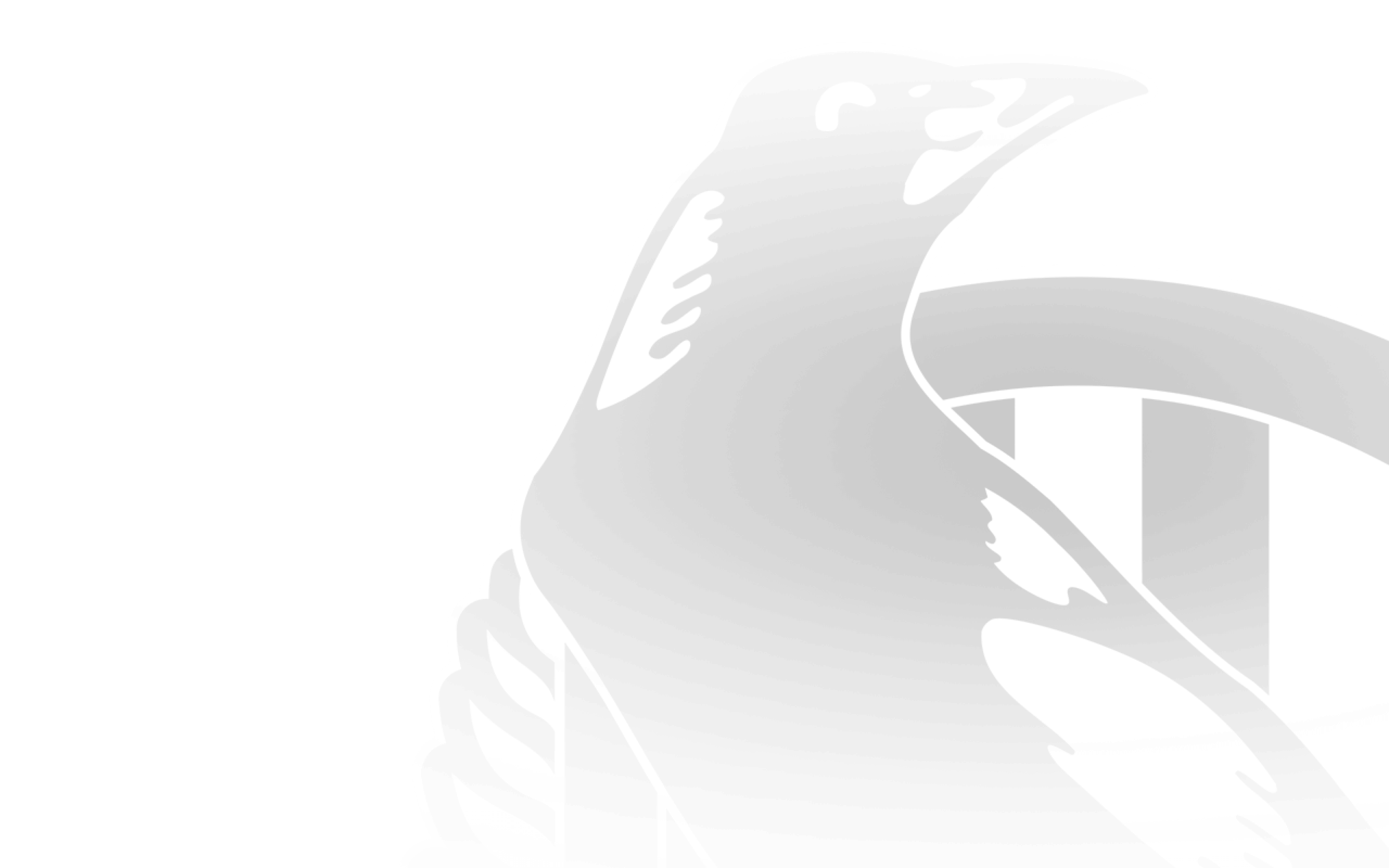Sounds like a simple question, but it comes with a not-so-simple answer.
If you said No.22, you are right. Well, mostly right, that is.
Collingwood's games-record holder added another chapter to the history of the famous No.22 jumper at the club - which includes the incomparable Bob Rose as well as John Greening - in a remarkable football career.
Shaw played 308 of his 313 VFL-AFL matches wearing No.22.
But his first five games - in his debut season of 1978 - came in different jumpers, No.56 and No.32.
Shaw is one of many star Magpies to have either started or finished their careers wearing different numbers to the ones that they became renown for - and from ones that supporters best remember them for.
When Shaw - sometimes referred to as Anthony as much as Tony back then - made his Collingwood debut against Footscray at Victoria Park in Round 19, 1978, he was wearing the inauspicious No.56.
Despite the fact that the first of Shaw's games came on the final day of the 1978 Commonwealth Games in Edmonton, Canada, he still made back pages news when it was announced that he had been selected to play his first game.
Sure, the glitter of gold was important, but so too was the birth of a grand new Collingwood career.
The Sun back page story was headlined: "Teen Time". The story read: "The Magpies gave two rookies - Greg Whitcroft and Tony Shaw, both 18, their first games as part of five changes, which including the dumping of Wayne Richardson ... Shaw, 172cm and 76kg, is a younger brother of Magpie rover Ray Shaw."
Whitcroft, wearing No.37, would only manage four matches; Shaw would play 313.
After three matches in No.56 - Rounds 19, 21 and 22 - Shaw swapped to the more appealing No.32 in the 1978 qualifying final against Hawthorn and the first semi-final against Collingwood.
Then he was offered No.22 - one fewer than his brother Ray's number - in 1979 and Tony Shaw never looked back.
He would not be the only member of the 1990 premiership side to start their careers in different guernsey numbers.
Damian Monkhorst played a few games in 1988-89 in the No.38 jumper before he switched to No.1 in 1990. Mick McGuane wore No.54 in 1987, and dropped back 20 digits to No.34 from 1988 onwards.
And while Mick Gayfer is best remembered for his No.3, fans with longer memory might recall his first season in 1986 when he wore No.51.
Gavin Brown had the No.26 all through his career, but the man who inherited it from him - the recently-retired Ben Johnson - played the first 14 of his 235 games in No.31.
Brown and Johnson were teammates for only a season - 2000 - and Johnson played in childhood hero's final game against Essendon in Round 22 that season. So it was fitting that he ditched No.31 for Brown's No.26 for the 2001 season.
And maybe - just maybe - Johnson might hand his No.26 off to Paul Seedsman (currently wearing No.40), as the young Magpie defender has always been a passionate Collingwood supporter, who knows the importance of the number.
Current members of the Magpies side have also had number switches from the ones they are now associated with.
Skipper Nick Maxwell started in No.43 for 10 games in 2004. coming off the rookie list, before switching to No.27 for three seasons (2005-07).
But when Nathan Buckley retired at the end of the 2007 season, he nominated Maxwell as the man he wanted to take on his famous number. It would be a fitting move - Maxwell would be captain of the side within 12 months,
Harry O'Brien has also had three jumper numbers at Collingwood - No.43 (taking it from Maxwell) in 2005-06, No.30 in 2007, and No.8 since 2008.
Scott Pendlebury is making his No.10 one of the most reproduced on Collingwood jumpers, but he started with No.16 in 2006 before switching after the retirement of Blake Caracella.
Tyson Goldsack wore No.38 in his first two season before moving to No.6 in 2009; Jarryd Blair won his premiership medal wearing No.47 in 2010 and was rewarded with No.11 the year after; and Marty Clarke has gone from No.43 to No.18 and now No.9 in his time at the club.
The man with the most jumper changes at the club was legendary full-back Jack Regan, but his extraordinary record was a quirk of the Collingwood tradition.
For many years, Magpies players were handed out numbers on an alphabetical listing, causing great players to switch their numbers almost every year, depending on who was recruited to the club and who had departed.
Some other notable alternate numbers for Magpies include Peter McKenna, who started off in 1965 in No.15 before moving to the No.6 that current president Eddie McGuire had emblazoned on his back as a kid in honour of the champion goalkicker; Barry Price (one season in No.35 before switching to No.5); Len Thompson who went from No.28 to No.3 to No.2 and No.1; Ricky Barham (No.43 to No.1); Paul Licuria (No.32 to No.18): Ron Wearmouth (No.35 to No.5): Paul Williams (No.37 to No.10); Leon Davis (No.40 to No.1) and Ross 'Twiggy' Dunne (No.48 to No.12).
There have been two notables players who went from a number they made famous at Collingwood to other numbers on their return following stints at other clubs.
Bill Picken made the No.25 so popular in the 1970s and early 1980s before a move to Sydney. He returned to the Magpies for five games in 1986, wearing No.2.
And, like Picken, Tarrant resumed at Collingwood in No.2 after returning from Fremantle, having worn No.20 earlier.


